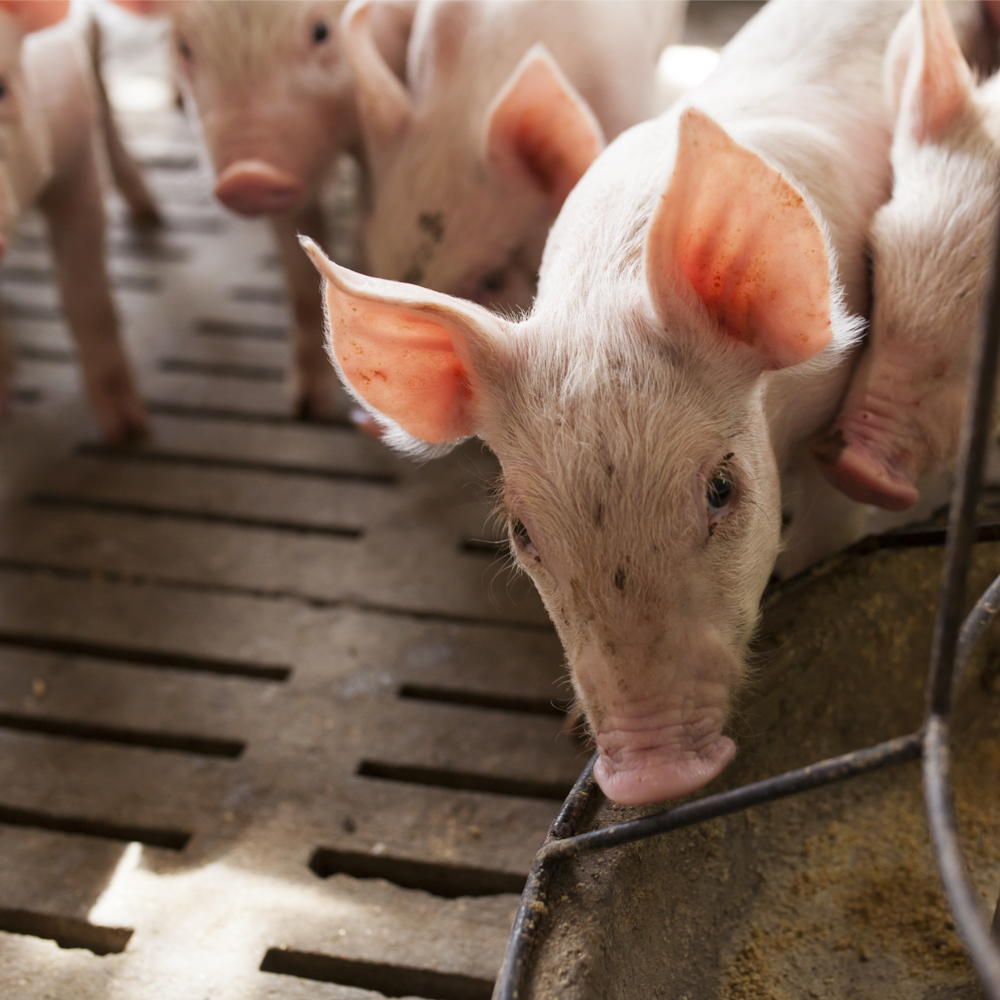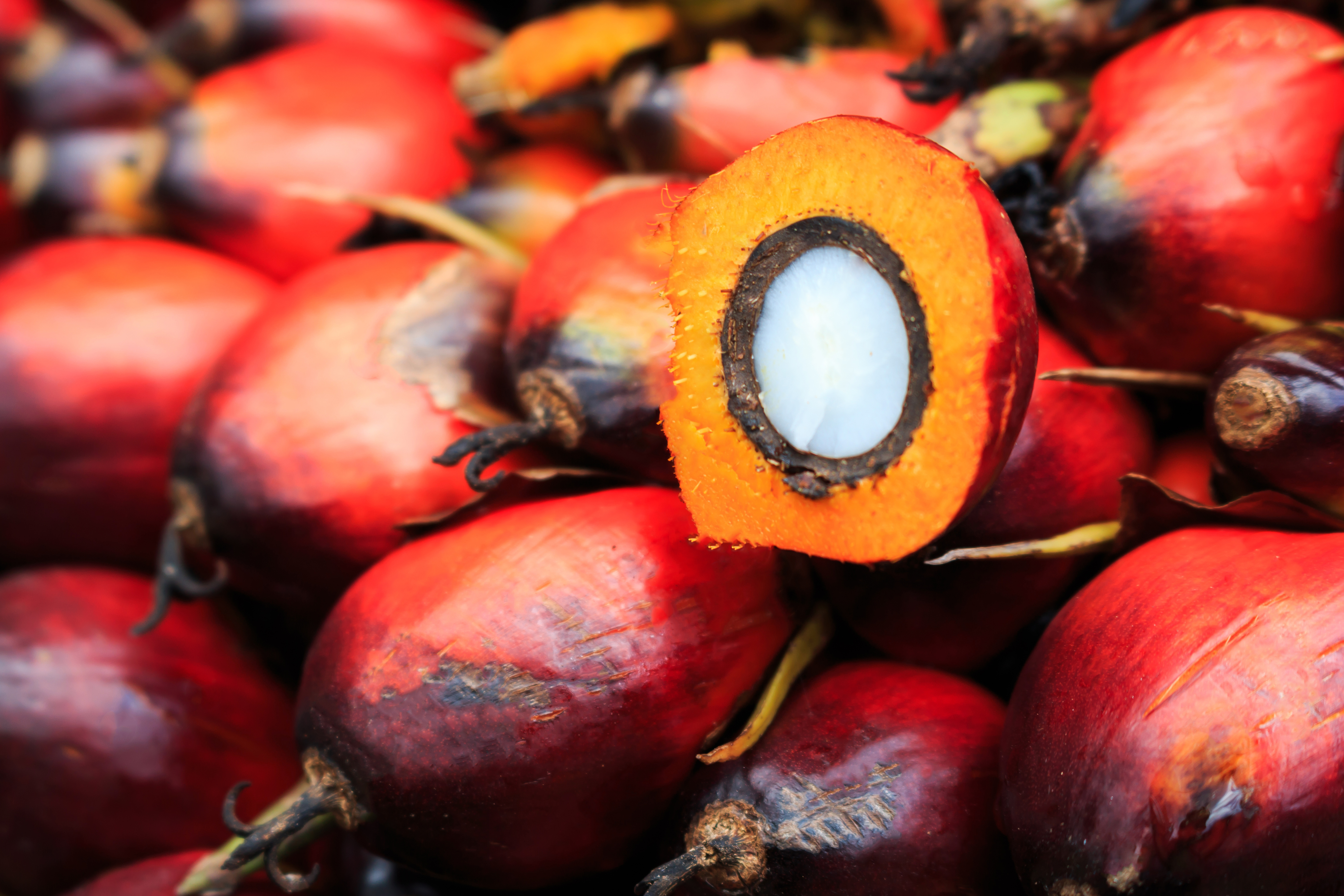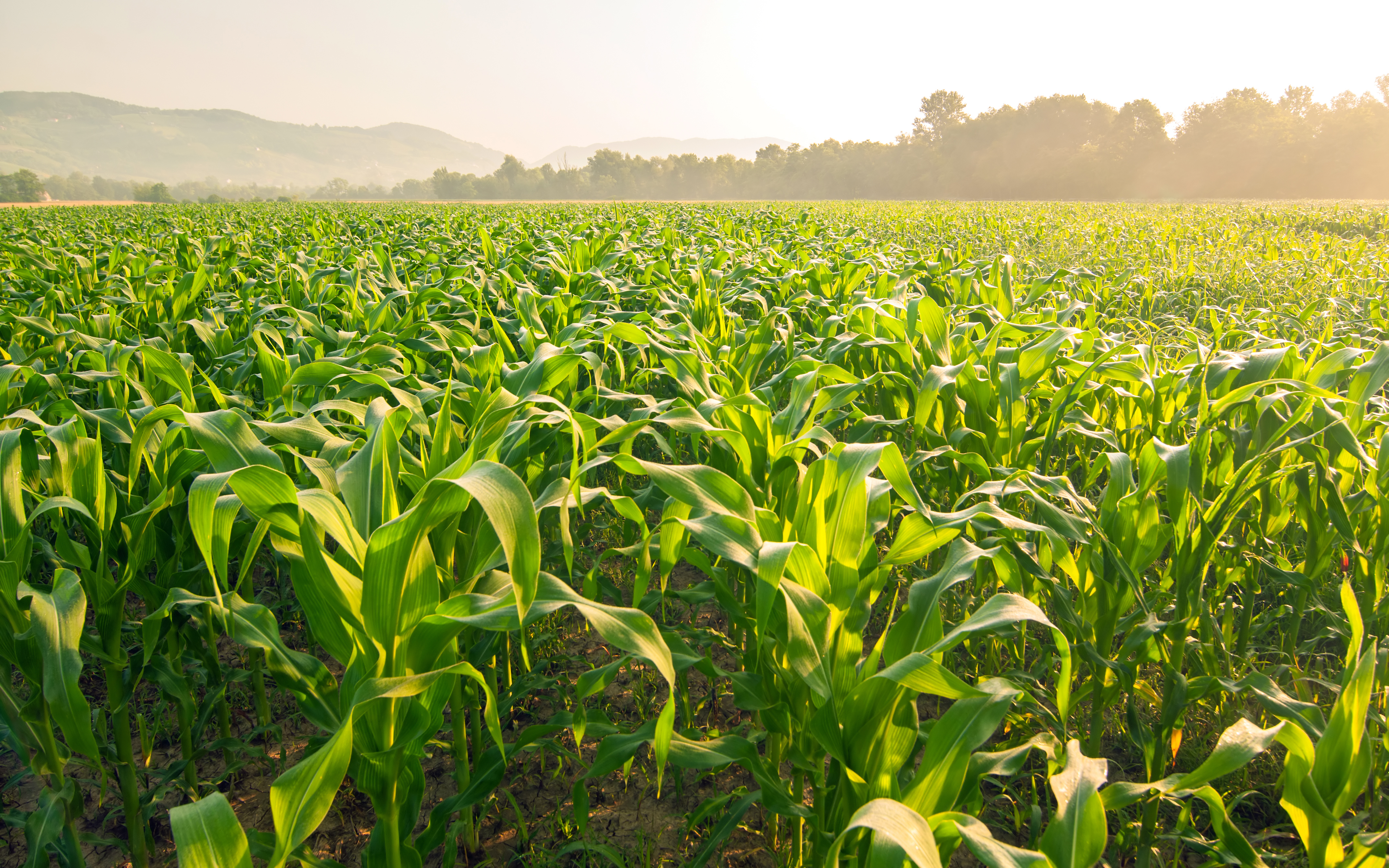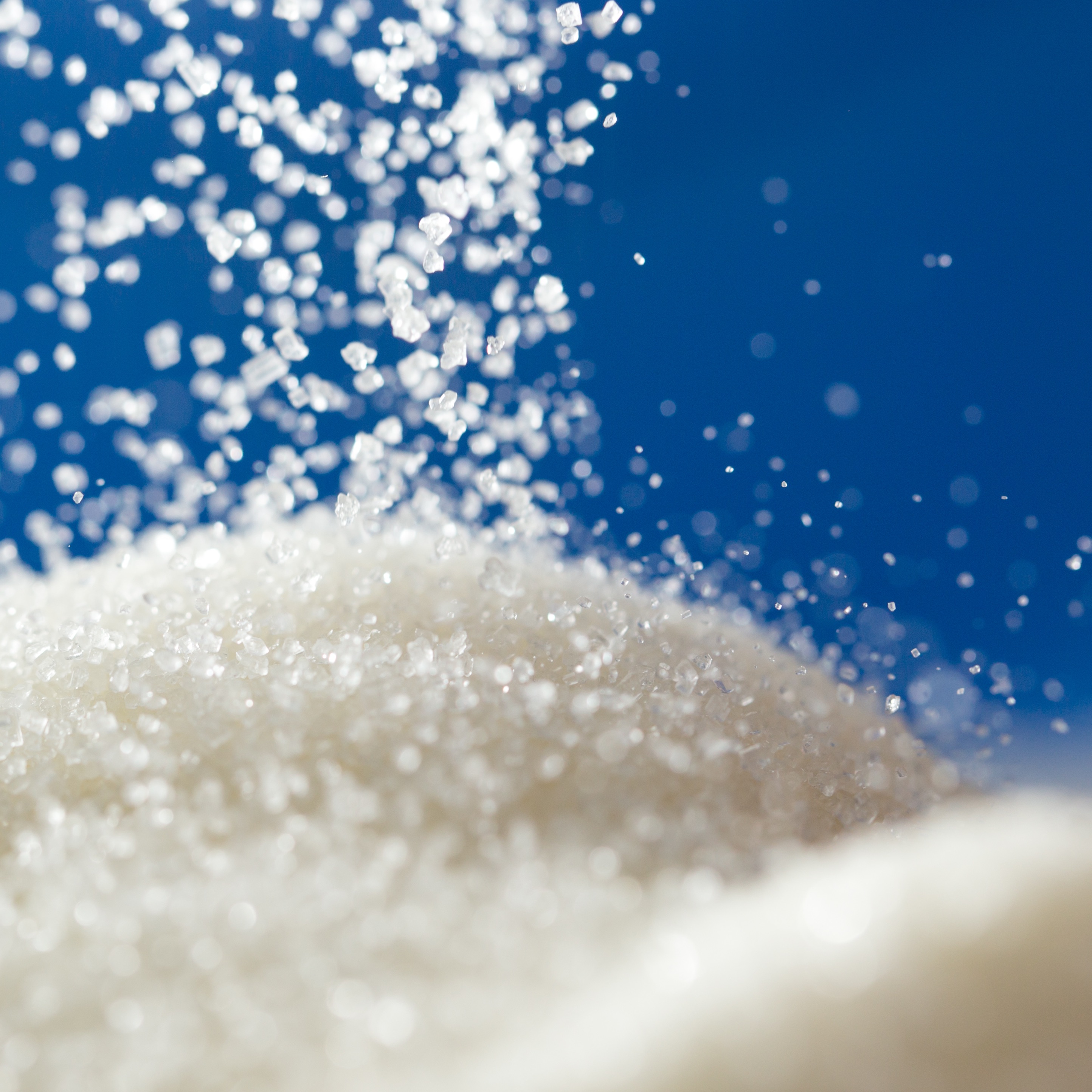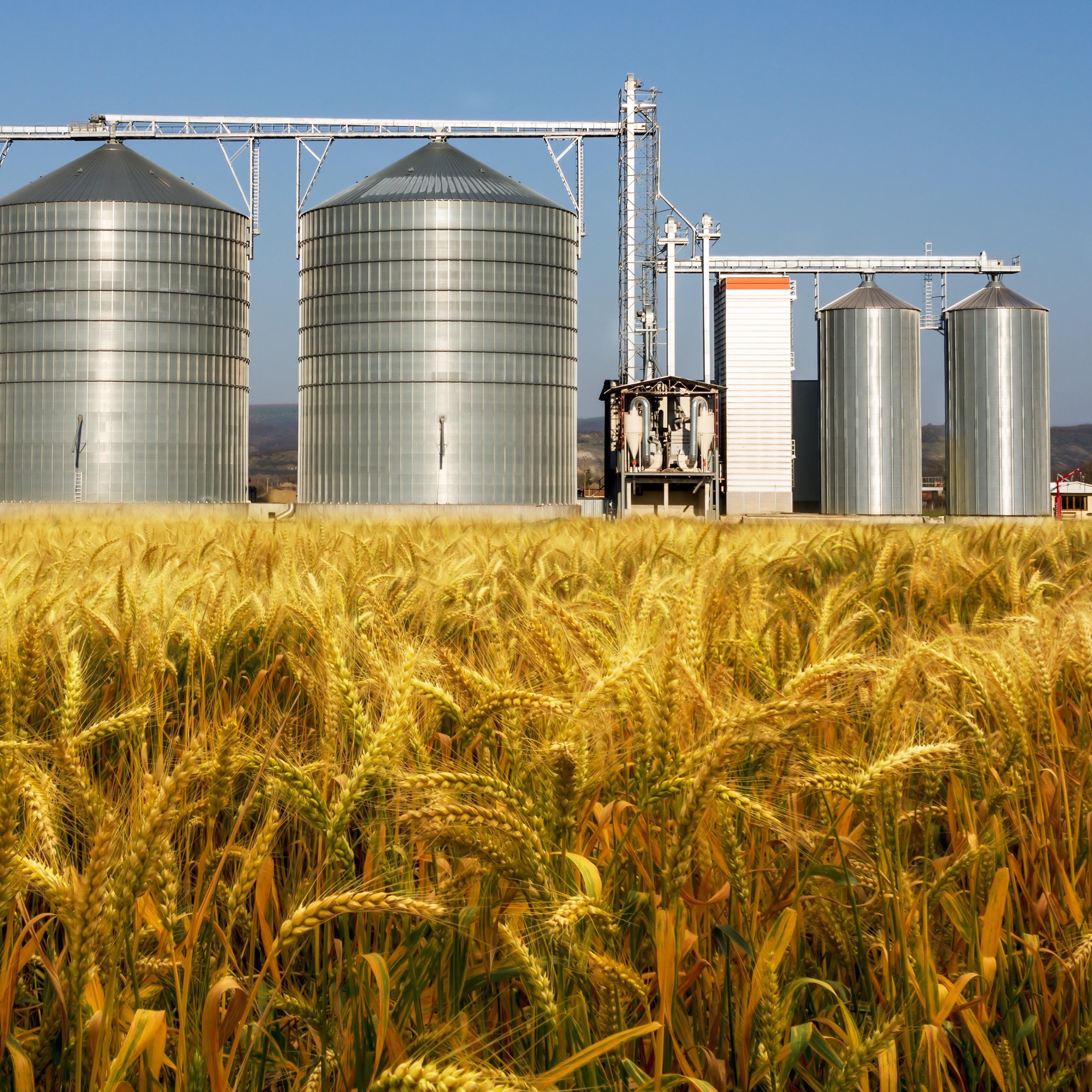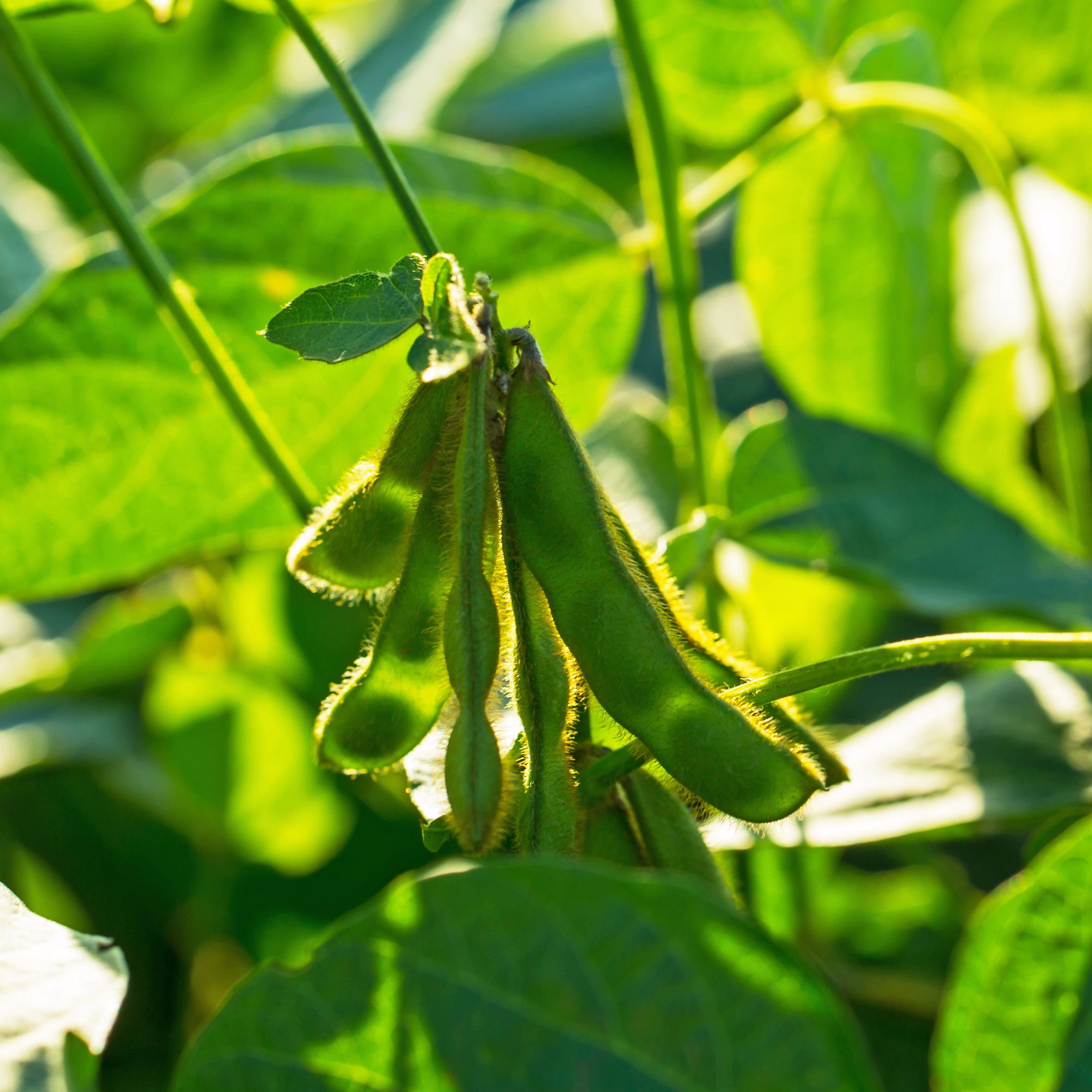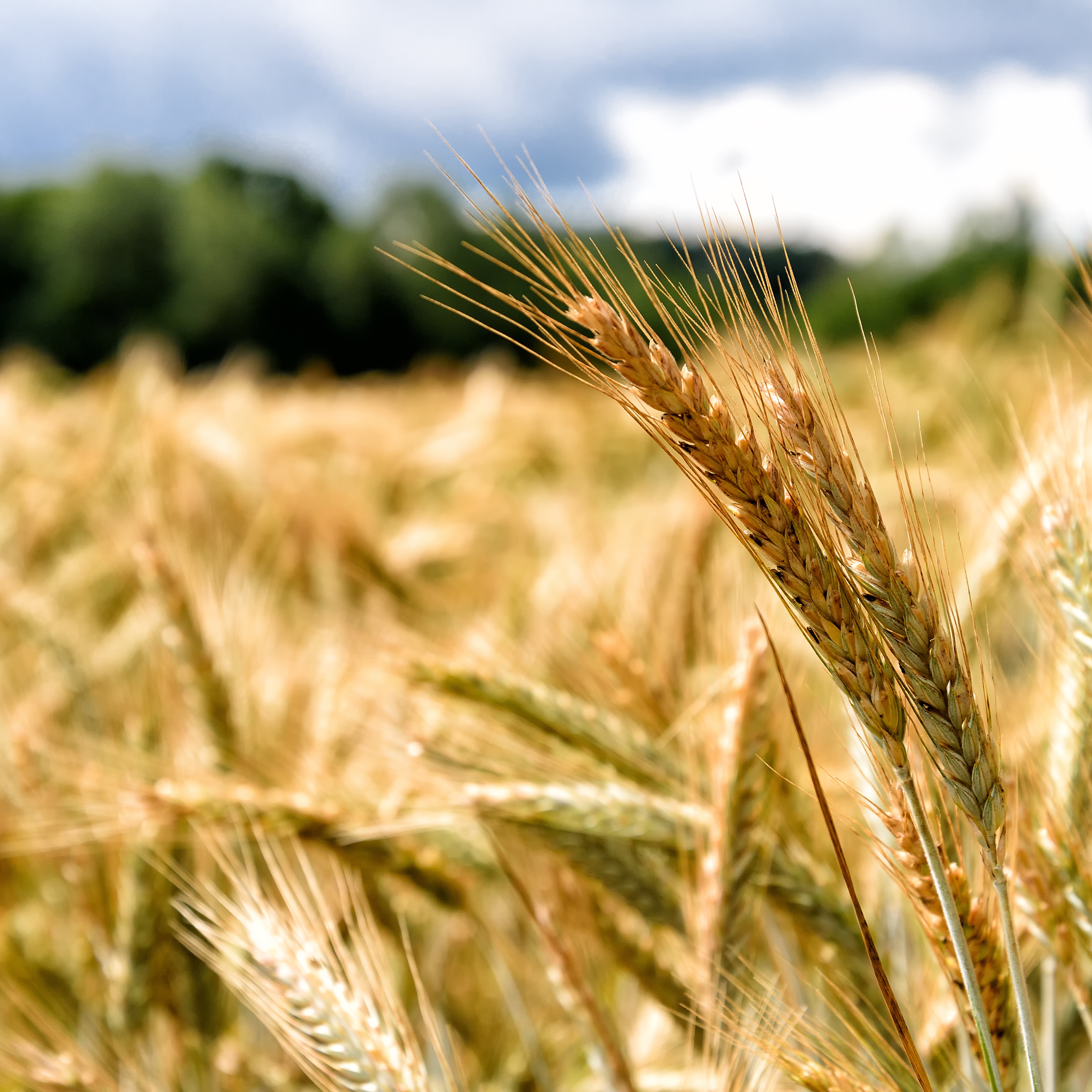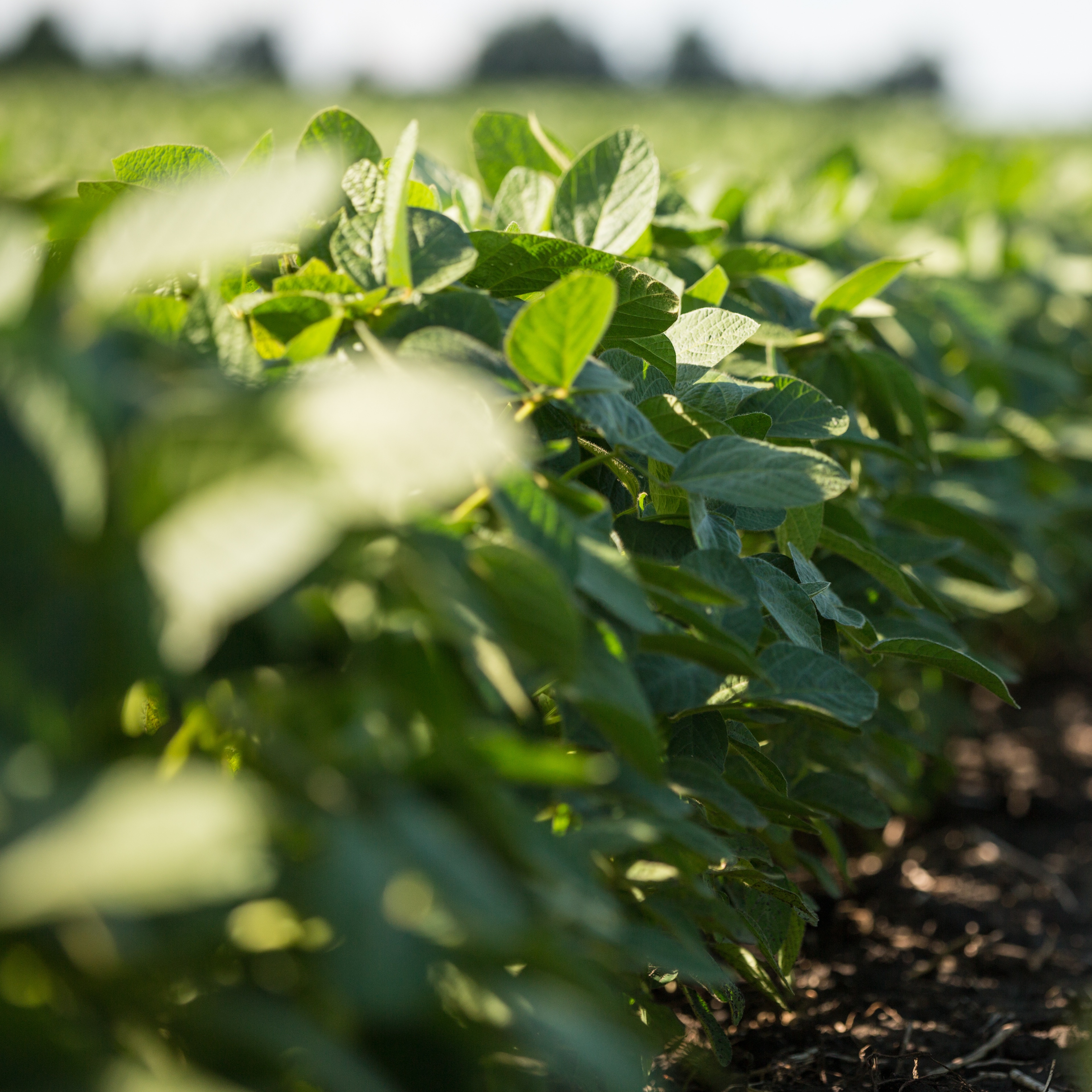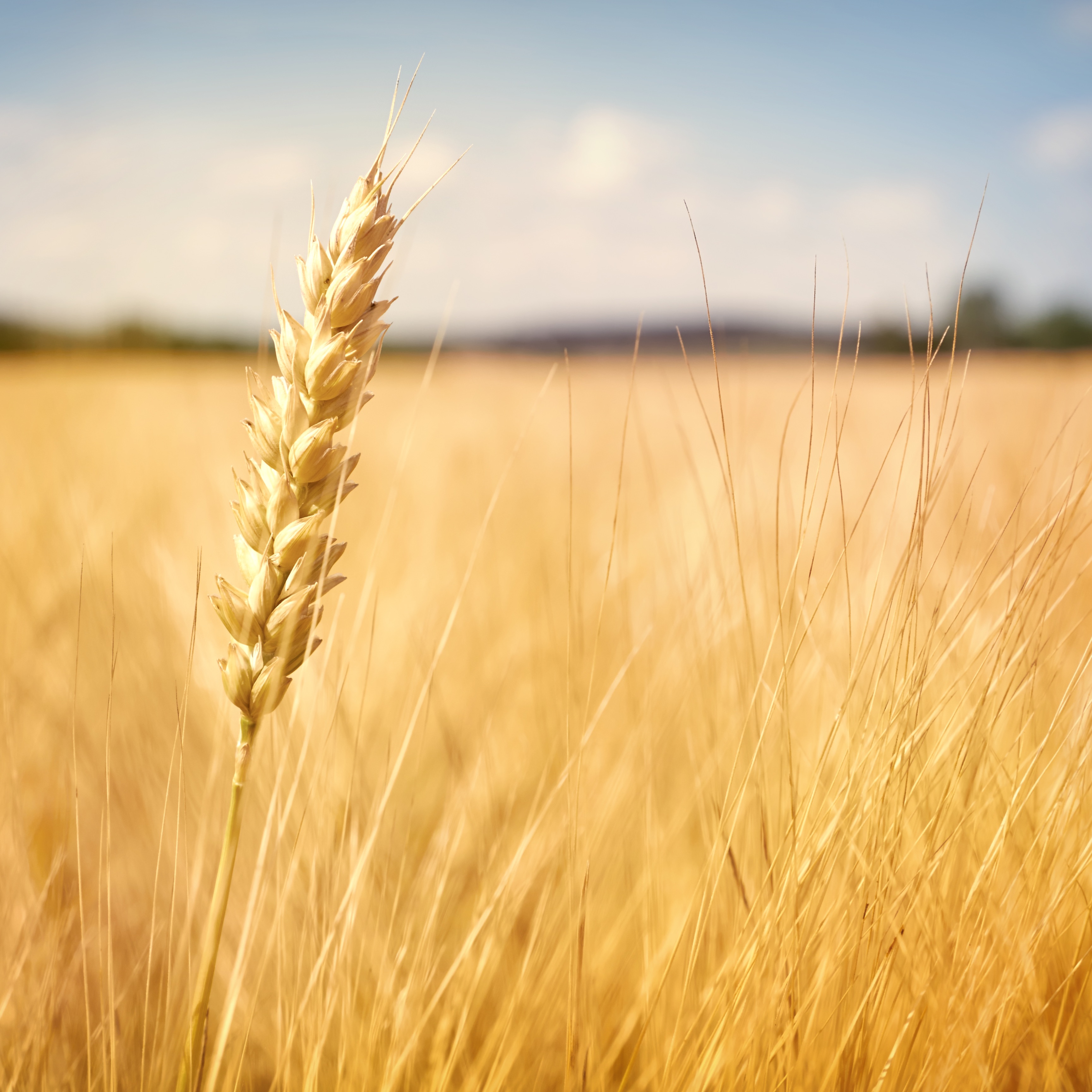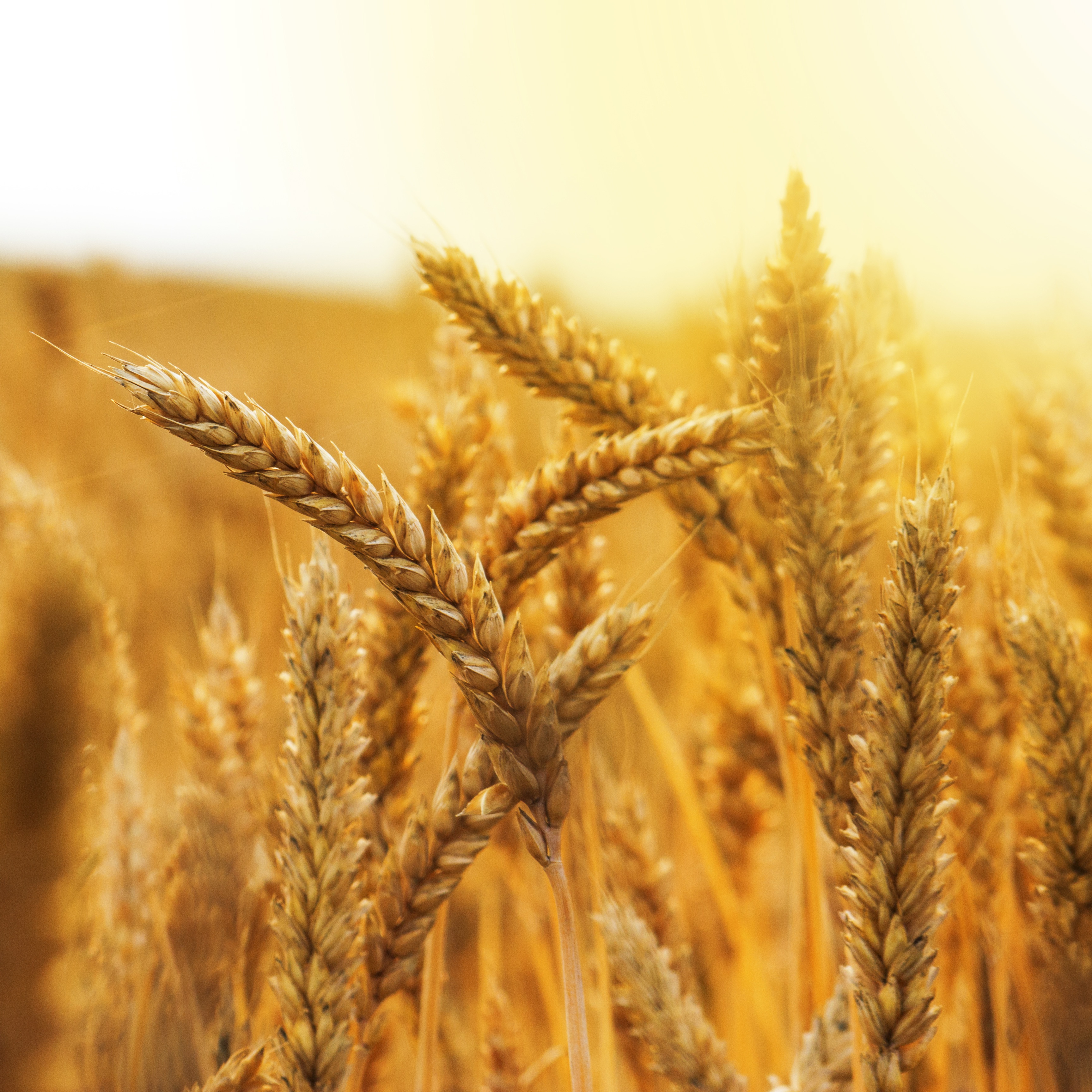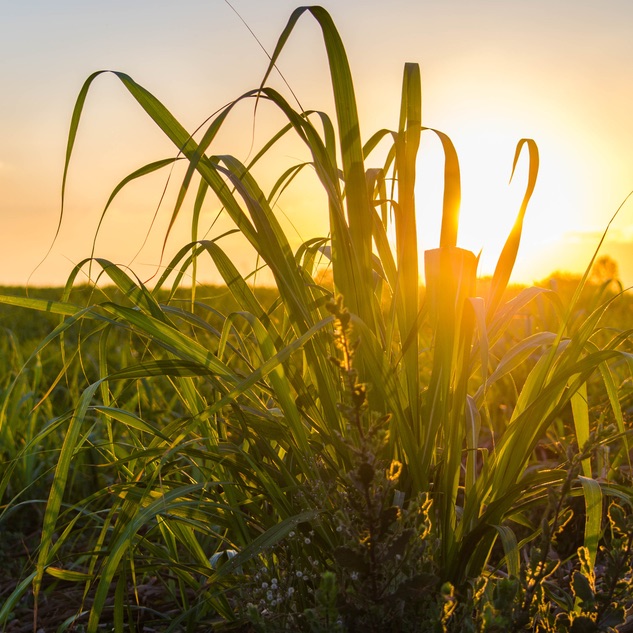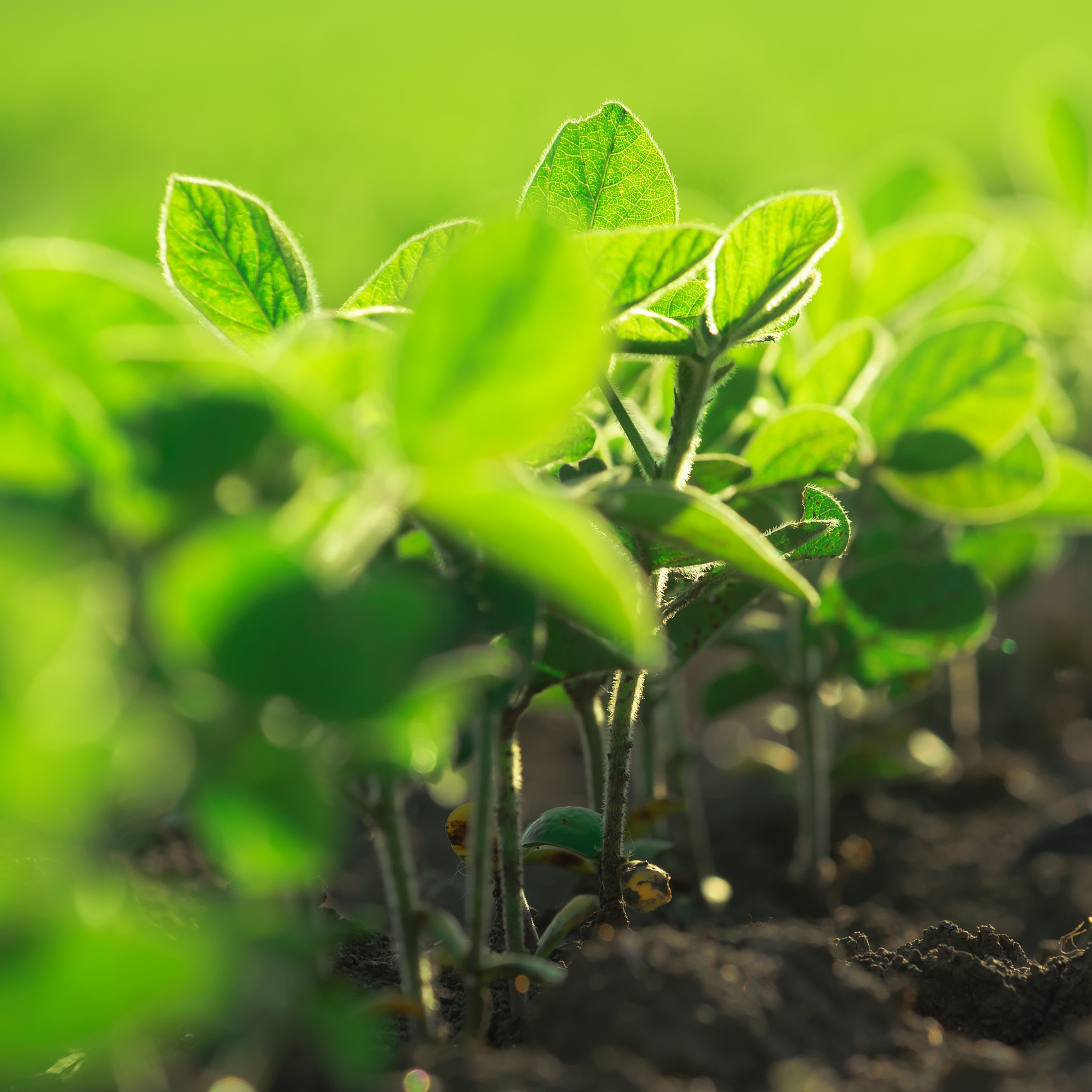The Impact of ASF on Chinese Feed Demand
Update: 2019-08-01
Description
In this joint Rabobank ACMR & FAR Asia podcast, G&O expert Lief Chiang joins ACMR analyst Michael Magdovitz to discuss his outlook for China’s soymeal and feed usage through 2020. In 2019, African Swine Fever-related culling of up to 50% of China’s hog herd, with further downside possible, will reduce soybean imports and meal usage year-on-year. Reductions will be muted and short-lived, however, relative to hog and feed usage losses, thanks to a combination of higher feed inclusion rates of low-cost (relative to alternative meals) soymeal, increased demand from poultry and aquaculture, and others. By 2020, Lief expects soybean imports to resume a modest growth, even without a US-China trade deal, although import volumes will remain below their historic highs. The podcast concludes with a supply-side review of corn and soybeans, with Michael providing a review of Rabobank’s 2019/20 US production estimates and a view on whether the crop could see supply-side reductions sufficient to offset the demand weakness from China and in turn support CBOT prices.
Comments
In Channel

